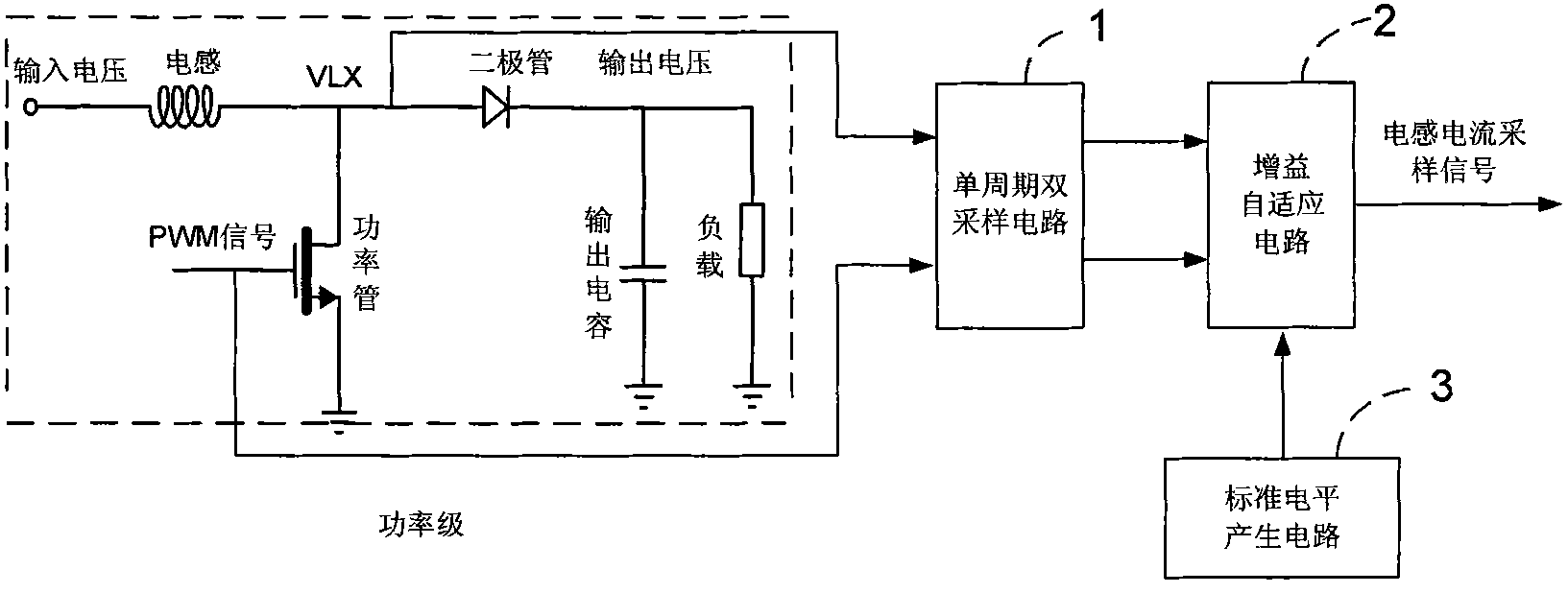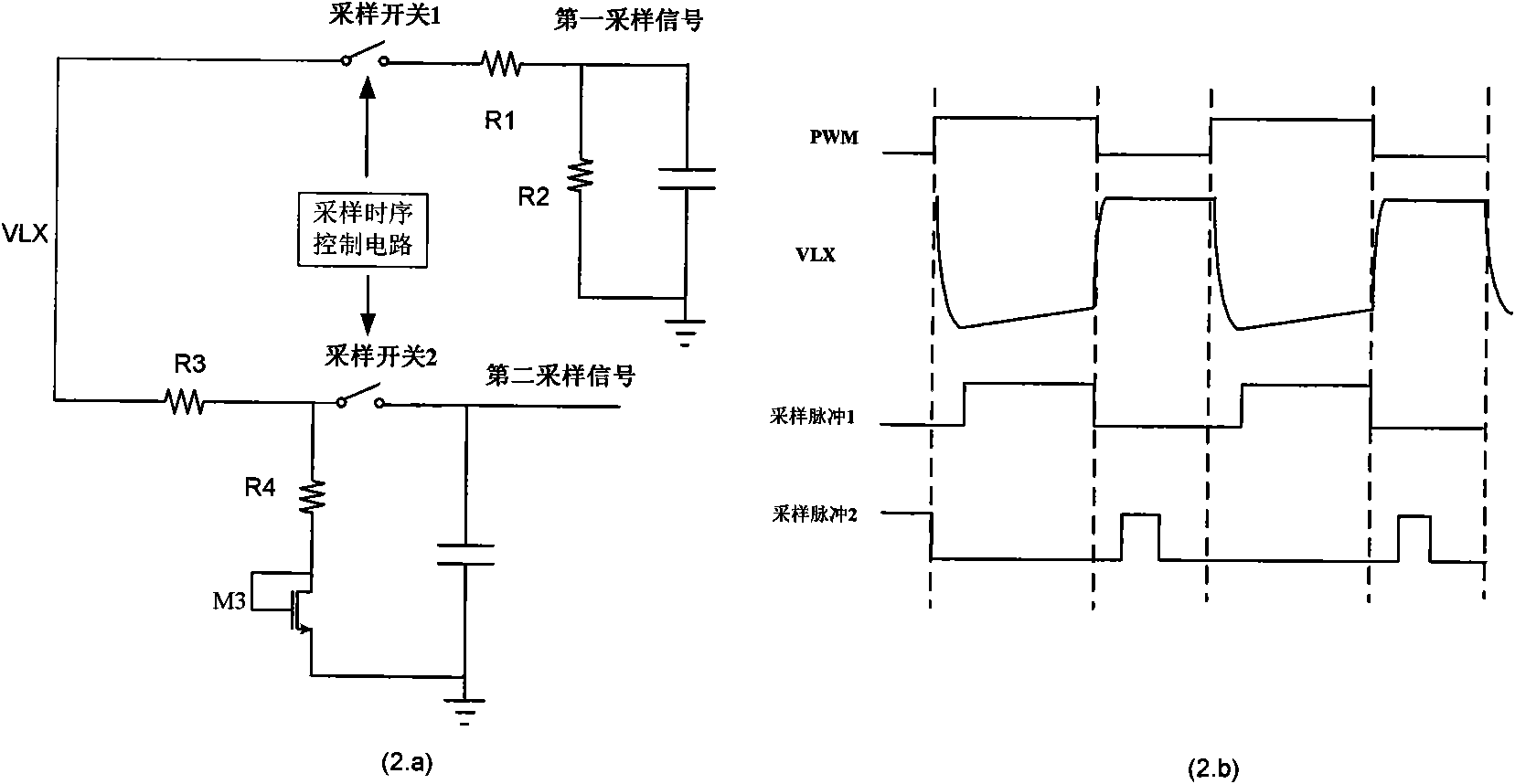Adaptive current detection circuit applied to wide-conversion ratio boost converter
A technology of current detection circuit and self-adaptive circuit, which is applied in the direction of measuring current/voltage, without intermediate conversion to AC conversion equipment, instruments, etc., which can solve the problem of increasing the number of off-chip components, compensating networks that cannot be integrated, and difficult system stability and good performance. Transient response and other issues, to achieve the effect of reducing cost, reducing the number of off-chip originals, and good application prospects
- Summary
- Abstract
- Description
- Claims
- Application Information
AI Technical Summary
Problems solved by technology
Method used
Image
Examples
Embodiment Construction
[0020] The present invention will be further described below in conjunction with the accompanying drawings.
[0021] Such as figure 1 As shown, the block diagram of the adaptive current detection technology of the step-up DC-DC converter mentioned in the present invention, the circuit for realizing this technology includes: single-cycle double sampling circuit 1; reference level generation circuit 2; gain adaptive circuit 3.
[0022] Such as figure 2 As shown, Figure (2.a) is a single-cycle double-sampling circuit diagram, and Figure (2.b) is a single-cycle double-sampling circuit diagram. Single-cycle double-sampling circuit 1 is used to generate two sampling signals: the inductor current signal and the output voltage signal , these two signals are provided to the gain adaptive circuit 3. It generates two sampling pulses according to the PWM control signal, and samples and processes the drain terminal voltage signal of the power tube respectively. When the power tube is ...
PUM
 Login to View More
Login to View More Abstract
Description
Claims
Application Information
 Login to View More
Login to View More - R&D
- Intellectual Property
- Life Sciences
- Materials
- Tech Scout
- Unparalleled Data Quality
- Higher Quality Content
- 60% Fewer Hallucinations
Browse by: Latest US Patents, China's latest patents, Technical Efficacy Thesaurus, Application Domain, Technology Topic, Popular Technical Reports.
© 2025 PatSnap. All rights reserved.Legal|Privacy policy|Modern Slavery Act Transparency Statement|Sitemap|About US| Contact US: help@patsnap.com



